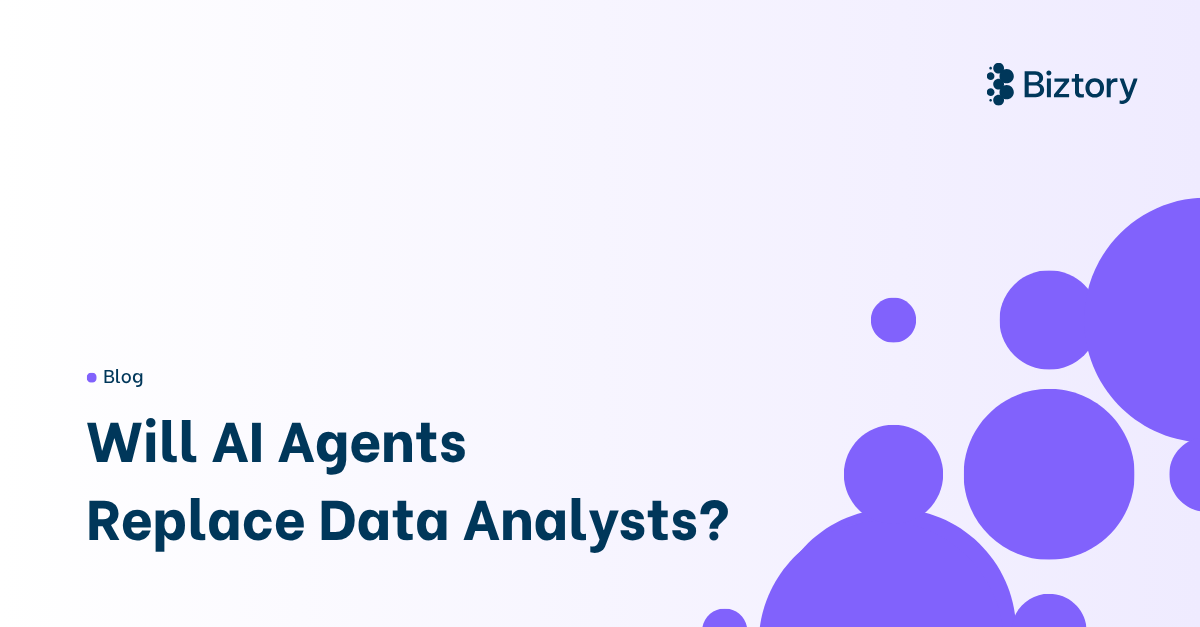Who are Tableau Project Leaders?
Project Leaders effectively are the content administrators who will oversee the project and its nested projects entirely in terms of its access, permissions, content promotion, content maintenance etc. Ideally you have one or two users set as Project Leader, or in necessary cases you can have a group as Project Leader. It is best practice to have as few as 1 or 2 users set as Project Leader considering the key responsibilities they hold. It’s important these users are aware of Tableau content management best practices.
What can Project Leaders do?
A Tableau Project Leader has several specific permissions:
- Create or delete sub-project/nested project (10.5 and above)
- Change the permission level from Locked to Customizable project
- Add/change extract refresh schedule for content under their supervision
- Add/modify/delete any workbooks (web edit or re-publish)
- Move content from one project to another (assuming that the user is project leader for both source and target projects), or to nested projects
- Restoring old revisions
- Change workbook/data source/flow permissions
- Change data source user/password
- Certify or un-certify data sources (10.4 and above)
PLs always gain permissions for any new objects that are moved into their projects. A project leader does not have to be a project owner or administrator. In addition to server and site administrators, the full scope of Project Leader permissions is available to users with a Creator or Explorer (can publish) site role. But even a Viewer can be set as a PL, although they won’t be able to do any of the following:
- Can’t manage permissions for others anymore
- Can’t create new subproject
- Can’t move content
- Can’t add or change project leader
What makes a Project Leader different from Content Owners?
There are few differences between these roles, but let’s start off with the similarities first: content owner automatically gets all the powers of the Project Leader for the specific content they publish.
| Content Owner | Project Leader |
| Every object can have only 1 CO | Every object can have more than 1 PL |
| Always a user | Can be a user or a group |
|
Can assign/change a PL for the content they own |
Can change CO for any object |
| COs cannot make someone else CO | PLs can make other users PLs |
What makes a Project Leader different from Site Admin?
One of the main differences is that a site admin has the rights to manage content, add/change/remove permissions, schedules, tasks, users, groups etc. across all the projects in a site, whereas the project leader has the same capabilities but only on the project they've been assigned with. A lot of REST API functions are only available to site admins. Also, site admins can manage users in the server if the relevant permissions are given by server admins.
The below image will help you to see where being Project Leader would fall in to place when evaluating a user’s capability to a certain object:
Why do you need a Project Leader?
One of the powerful aspects of any Tableau product, whether it be Desktop, Prep Online or Server, is its ability to be a self-service analytical tool. In a scenario where there are business users who are more familiar with what the data represents and are in a best position to analyze and make decisions on, assigning them as Project Leaders for the specific projects relating to their function for instance, can turn out to be useful.
How to set-up a Project Leader?
Step 1: In Tableau Server, choose Permissions from the More Actions list
Step 2: Click on More Options next to the user or group that should be set as Project Leader
Step 3: When you click on Set Project Leader, you will be asked for confirmation
The user/group is now set as Project Leader for the project. At any point you can also remove them by using the “remove as Project Leader” option.
That's it!
To recap: having Project Leaders who are the project-level administrators, can actually help Server and Site admins to delegate administration of projects and its content without exposing access to the entire site or server.


